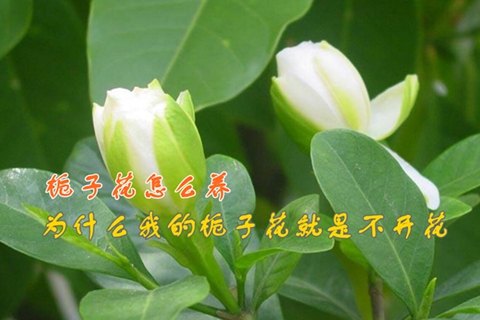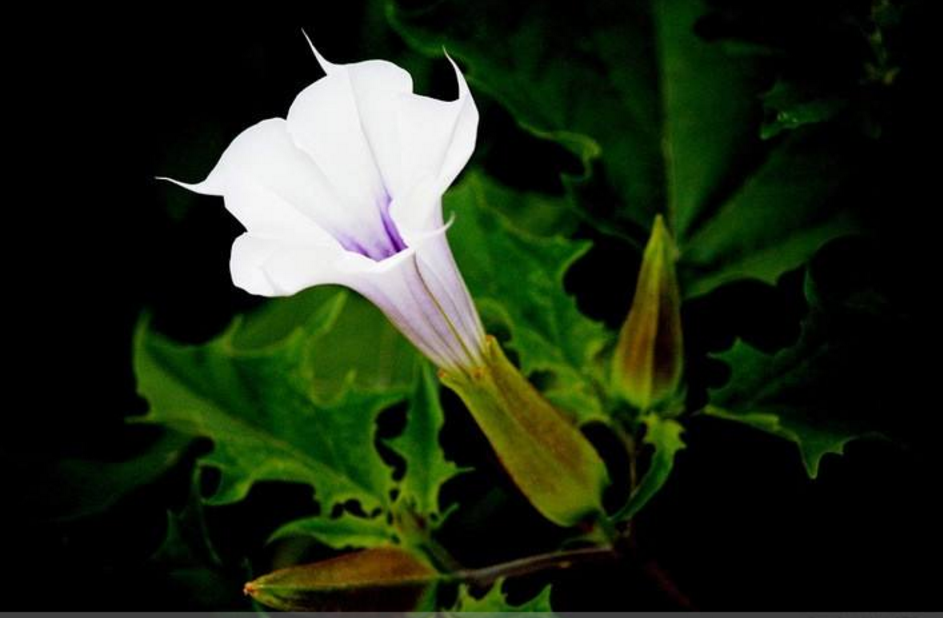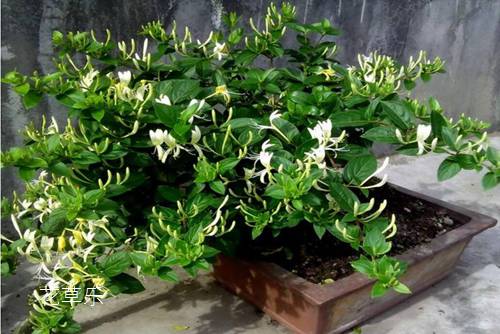How to raise the potted gardenia at home?
Gardenia leaves are evergreen all year round, flowers are fragrant and elegant, and are important ornamental plants in balcony gardens. Gardenia variety, gardenia hi warm and humid and sunny environment, more cold-resistant, semi-shade, afraid of ponding, loose requirements, fertile and acidic sandy loam. There are eight common varieties of gardenia. Such as large leaves gardenia, water gardenia, egg leaves gardenia, etc. To raise gardenia, we must first understand and learn the cultivation methods and precautions of gardenia. The following flowers and plants are happy to share with you how to raise potted gardenia at home.
How to raise potted gardenia at home?

Gardenia cultivation methods and precautions 1, choose the appropriate pot soil
Gardenia likes acidic soil, the appropriate pH is 5 to 6, prepare the appropriate soil before planting. Cultivation soil usually choose rotten leaf soil, peat soil plus half of the garden soil, do not use cinder.
Gardenia vitality, seedlings from a few centimeters long to dozens of centimeters, so according to the size of the plant for pots. When the branches of the plant are 2 to 3 times longer than the diameter of the pot, it is necessary to change the pot. When changing pots, prune old roots in time, change half of the soil, irrigate thoroughly, put them in semi-shade for a week, and move them to the sun after they grow new buds.
2. Reasonable fertilization
Gardenia like fertilizer, planting in the soil when adding decomposed cake fertilizer as base fertilizer.
Growing season with cake fertilizer, ferrous sulfate retting made of fertilizer, irrigation once a week. Organic liquid fertilizer with full nutrition can also be used.
Bud stage topdressing 1~2 times, irrigation potassium dihydrogen phosphate aqueous solution, can make flowers plump, floral rich.
Summer temperature above 35℃, autumn temperature above 15℃, stop fertilization.
3. Watering
Gardenias like a moist environment. During the growth period from April to September, keep the pot soil moist, water dry and wet, spray at night to wet the leaves to maintain humidity. If the plants grow too vigorously, do not water them at night, but water them after the sun comes out in the morning.
In the northern alkaline water area, when watering, tap water will be placed for one day and then watered. 3~5 days, pour a little citric acid solution, can keep leaves green.
4. More sun exposure
Gardenia needs plenty of sunlight to grow, but it can't explode. If placed in the semi-shade for a long time, the flowering branches are thin and slender.
5, winter protection
Gardenia is cold-resistant, but potted gardenia will suffer damage to its roots after severe winter and recover slowly in spring. However, when placed indoors with warm air, the temperature is higher, the light is insufficient, the growth of the plant slows down, and the flowering in the second year is late. The best way is to put the potted plant in an environment of 5 ° C to hibernate, or wrap the flowerpot with insulation materials and put it outdoors in the lee to winter.
6. Proper pruning
Gardenia trunk grows to 20 cm, hit the top, leaving 3~4 branches, promote branches. Every year after flowering, light pruning, weak branches, sick branches cut off. But gardenia spring can not be short cut top, otherwise difficult to bloom that year.
Time: 2019-04-29 Click:
- Prev

22 kinds of common poisonous plants must be paid attention to in family breeding.
Plants are an indispensable part of nature, and they are closely related to people's lives. But the chemical composition of plants is complex, among which there are many poisonous plants, accidental contact, accidental eating, may appear poisoning symptoms, or even death. Many of these poisonous plants are very familiar to everyone.
- Next

How to raise bonsai of honeysuckle? Honeysuckle can branch short flowers and multiply.
Honeysuckle, also known as honeysuckle. Also known as gold and silver vines and mandarin duck vines. Honeysuckle, blooming in March, five out, slightly fragrant, stem with red, flowers at the beginning of the color is white, after one or two days, the color is yellow, hence the name honeysuckle. Honeysuckle has been known as a good medicine for heat-clearing and detoxification since ancient times. It is sweet and cold and fragrant, sweet and cold, clearing heat without harming the stomach
Related
- Fuxing push coffee new agricultural production and marketing class: lack of small-scale processing plants
- Jujube rice field leisure farm deep ploughing Yilan for five years to create a space for organic food and play
- Nongyu Farm-A trial of organic papaya for brave women with advanced technology
- Four points for attention in the prevention and control of diseases and insect pests of edible fungi
- How to add nutrient solution to Edible Fungi
- Is there any good way to control edible fungus mites?
- Open Inoculation Technology of Edible Fungi
- Is there any clever way to use fertilizer for edible fungus in winter?
- What agents are used to kill the pathogens of edible fungi in the mushroom shed?
- Rapid drying of Edible Fungi

